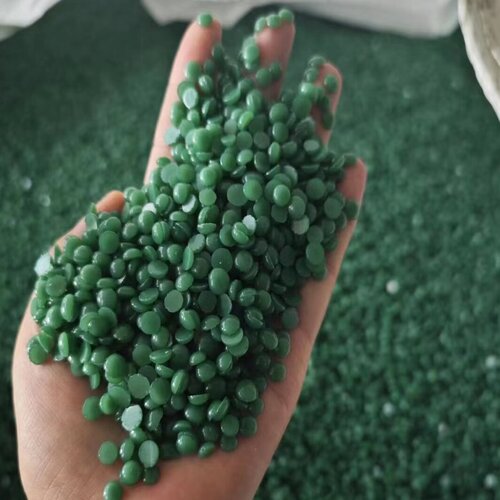| Message: | Precision casting wax is widely used in the manufacture of metal parts that require high precision and complex structures, typical areas include:
Aerospace: high-temperature alloy parts such as turbine blades and engine components.
Medical devices: casting of surgical instruments, orthopedic implants (such as titanium alloy joints).
Jewelry: production of fine patterned precious metal (gold, silver) jewelry.
Automotive industry: precision gears, sensor components, exhaust system parts.
Industrial machinery: pumps and valves, hydraulic parts, rapid prototyping of complex molds.
Art casting: sculpture, handicrafts and other metal artwork with high detail requirements.
Advantages of Precision Casting Wax
High dimensional stability: very low shrinkage under temperature and humidity changes, maintains the precise shape of the mold and is suitable for manufacturing complex, high-precision parts.
Excellent fluidity: after melting, it can fully fill the details of the mold and replicate fine patterns (e.g. turbine blades, jewelry patterns, etc.).
Low ash residue: minimal ash residue after burning or dewaxing to avoid casting surface defects.
Easy mold release: low adhesion to shell materials (e.g. ceramic shells), quick and complete melting out of the wax during dewaxing, reducing the risk of shell breakage.
Reusability: Waste wax can be recycled and reused, reducing costs.
Environmental protection and safety: Modern investment casting waxes are mostly formulated with non-toxic, low volatility synthetic waxes or natural waxes, which are in line with environmental standards. |
 my account
my account
 log out
log out
 my account
my account
 log out
log out
